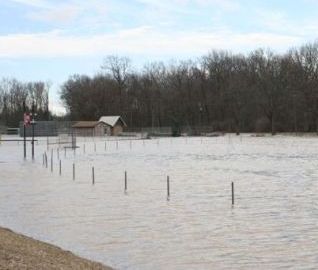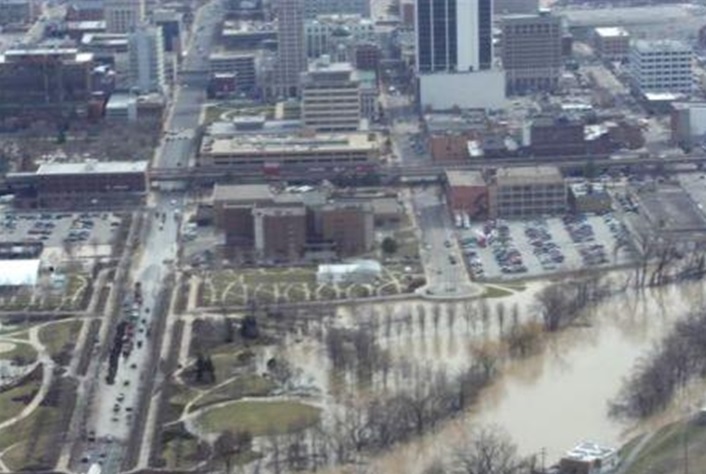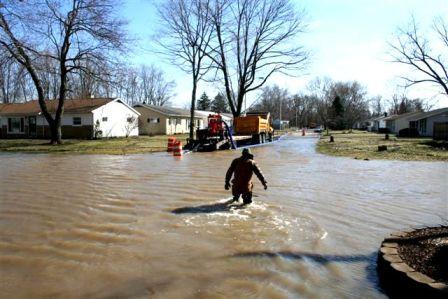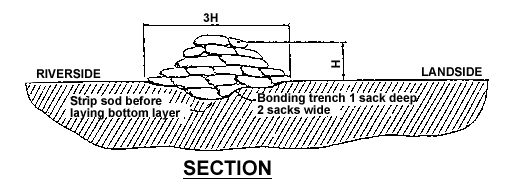|
Tips for Staying Healthy
A flood can cause emotional and physical stress. Follow the tips below to help ensure that you and your loved ones remain healthy as you focus on clean up and repair.
Rest often and eat well.
Keep a manageable schedule. Make a list and do jobs one at a time.
Avoid direct contact with flood or backed-up water when possible. Children & pets should not play in or near, or come in contact with flood water.
After cleaning up your home, makes sure to do the following before removing your latex gloves:
Sanitize or dispose of aprons & other clothing worn during clean-up.
Disinfect rubber foot-wear in a bucket using bleach disinfectant.
Disinfect buckets and other such materials used in clean-up before storing them.
Remove latex gloves from the inside-out & wash hands for at least 2 minutes with warm water & a disinfectant soap to assure all skin surfaces are clean of contaminants.
Discuss your concerns with others and seek help. Contact the Red Cross for information on emotional support.
|
Tips to Clean & Repair Your Home
Turn off the electricity at the main breaker or fuse box, even if the power is off in your community.
While cleaning up flooded areas, wear protective clothing & gear, such as latex & waterproof, impenetrable rubber boots to prevent exposure to sewage.
TIP: Contact the Department of Public Health to receive protective rubber gloves.
Use a disinfectant solution of laundry bleach (5.25% hypochlorite) for clean-up.
TIP: You can make this solution by mixing 1 part laundry bleach with 9 parts water.
Place all disposables in a sealed bag for garbage collection & removal.
Contact your insurance agent to discuss claims.
Hire clean up/repair contractors.
TIP: If you choose to hire, check references to if see they are qualified. Be wary of people who drive through neighborhoods offering help.
|











